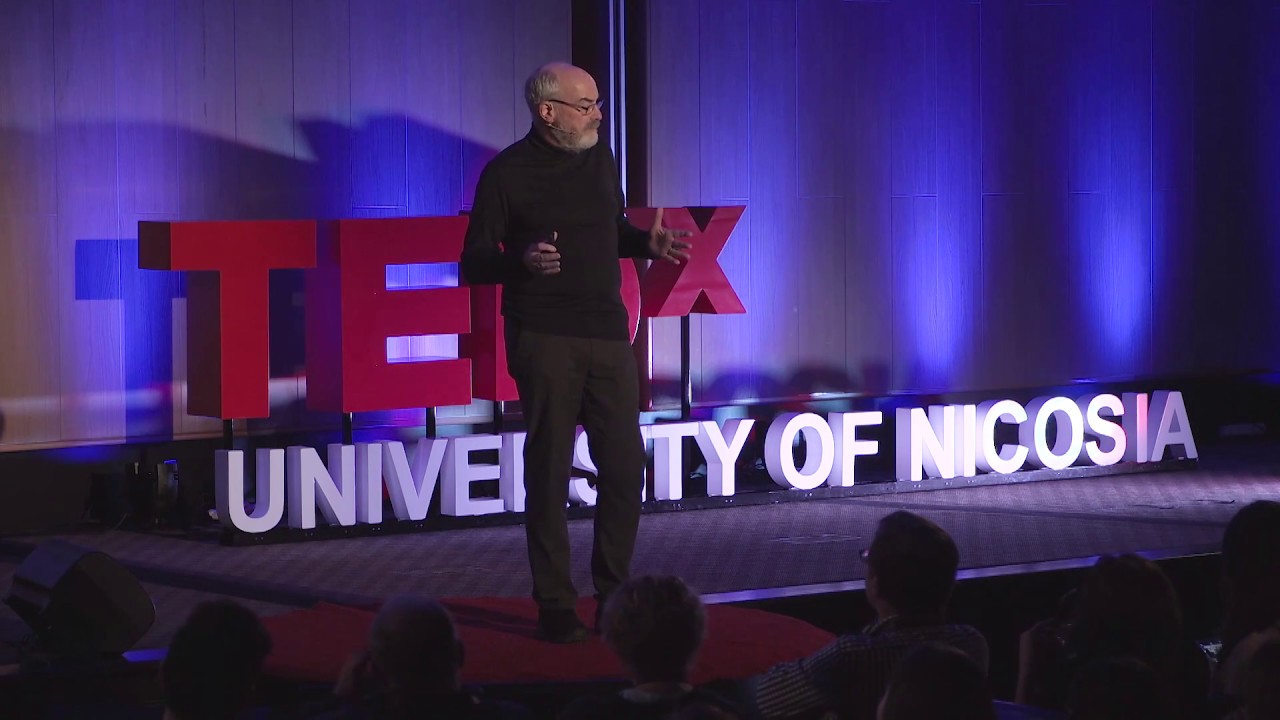
Managing in the face of complexity (part 3.4): C. Move from centralised to decentralised management
This article is part 3.4 of a series of articles featuring the ODI Working Paper A guide to managing in the face of complexity.
Centralised management works well when it can rely on top-down hierarchies and on distinct functions: managers take decisions and other people execute them. Resources are allocated and their application is tightly controlled by the management hierarchy, which also holds the authority to revise or adapt actions. The focus is on compliance and activity, not on realising an objective and being responsive to change. While appropriate for the routine production of standardised products or services in stable environments, when these conditions are not met this model becomes ineffective.
Managing cooperation
Development interventions, especially those structured in line with the new aid architecture, are not hierarchical entities but cooperation systems, involving a set of semi-autonomous yet interdependent partners (often with highly skewed power relations). Management needs not only to take into account that relevant knowledge is distributed between partners, but also to ensure that the partners contribute to joint objectives and are on the alert for any obstacles to reaching them. Recent research has emphasised the value of polycentric institutional arrangements, where management power is shared between many nested and quasi-autonomous decision-making units, operating at many different levels, and governance relies on emergent and voluntary coordination, collaboration and partnerships1. decentralised management should encourage the self-organisation capacity of actors; distribute the management functions among them in a way that avoids a dichotomy of managers and implementers; and ensure adequate information flows.
Nested responsibilities
Direct influence and interference in micro-management is likely to lead to disturbance or outright resistance from self-organising systems. It is preferable to influence their behaviour through indirect (contextual) steering, i.e. by specifying rules, defining criteria or setting boundaries. Therefore, decentralised management should be conceived as a set of nested sub-systems, where each level acts within a context defined by others. A clear separation of responsibilities is crucial to make such an ‘embedded’ structure work: higher levels limit themselves to specifying the framework conditions, but refrain from interfering in micro-management, leaving the details to the lower levels. agreements should determine the what: expectations from an intervention and the key framework conditions for implementation (e.g. rules, milestones, issues to be taken into account). What should not be specified, however, is how this agreement is to be fulfilled, namely the activities and operations envisaged. This should be entrusted to the sole responsibility of those carrying out the intervention. For example, agency HQs might provide quality assurance and approval for country strategies developed by the country office themselves. In general, an agency delegating the implementation of a programme to a contracted organisation should specify key problems to address or outcomes to achieve, but avoid requiring detailed, fixed sets of activities with associated rigid budget lines.
Such an approach makes interventions more adaptive, flexible and realistic, because responsibility for implementing (and modifying) plans is transferred to those best placed to identify the challenges and opportunities created by changes in circumstance. The approach also promotes buy-in from partners and improves ownership for development activities. And it is in line with one of the key lessons gained from the experience with performance management approaches: that those who are expected to manage for results must be given the autonomy to do so, through flexibility on activities, resources and outputs. If they aren’t offered this flexibility, they will only manage for outputs. In an example from the private sector, ‘Total Quality Management’ principles adopted in manufacturing and service industries cast the ‘quality’ of a product or service as the responsibility of all employees. This is implemented by empowering employees with mechanisms for solving problems and improving performance distributed across a variety of levels rather than simply the domain of supervisors or inspectors2.
Achieving coherence
Coherence is the prime challenge for decentralised management. One way to accomplish this is through leadership styles that strike a balance between direction and self-organisation. If agreement between partners is high, a laissez-faire style can be applied, that delegates everything within certain boundary conditions (e.g. timely reporting, warning about problems). If agreement is less pronounced or if decentralised actors change course swiftly, a visionary style is most appropriate, whose goal is to move people in a new direction. Visionary leaders articulate where a group should be going, but not how it will get there – setting people free to innovate, experiment and take calculated risks. Coaching would be another option in such a situation, a one-on-one style that focuses on developing individual actors, showing them how to improve their performance, and helping to connect their logic to the overall goals.
Another way to improve coherence is quality assurance, which defines criteria or factors in order to guide actors in their operations. [Part 4 of this series] … contains an outline of Capacity WORKS, GIZ`s management model for sustainable development, which adapts the principles of quality management from corporate business to the needs and requirements of development interventions. Adequate distribution of tasks and efficient information flows are other important factors for the proper functioning of decentralised management. A suitable framework for designing them, the Viable System Model, is described in … [Part 4 of this series].
Next part (part 4.1): Appropriate approaches – 1. Cynefin framework.
See also these related series:
- Exploring the science of complexity
- Planning and strategy development in the face of complexity
- Taking responsibility for complexity.
Article source: Hummelbrunner, R. and Jones, H. (2013). A guide to managing in the face of complexity. London: ODI. (https://www.odi.org/sites/odi.org.uk/files/odi-assets/publications-opinion-files/8662.pdf). Republished under CC BY-NC-ND 4.0 in accordance with the Terms and conditions of the ODI website.
Header image source: pxhere, Public Domain.
References:





